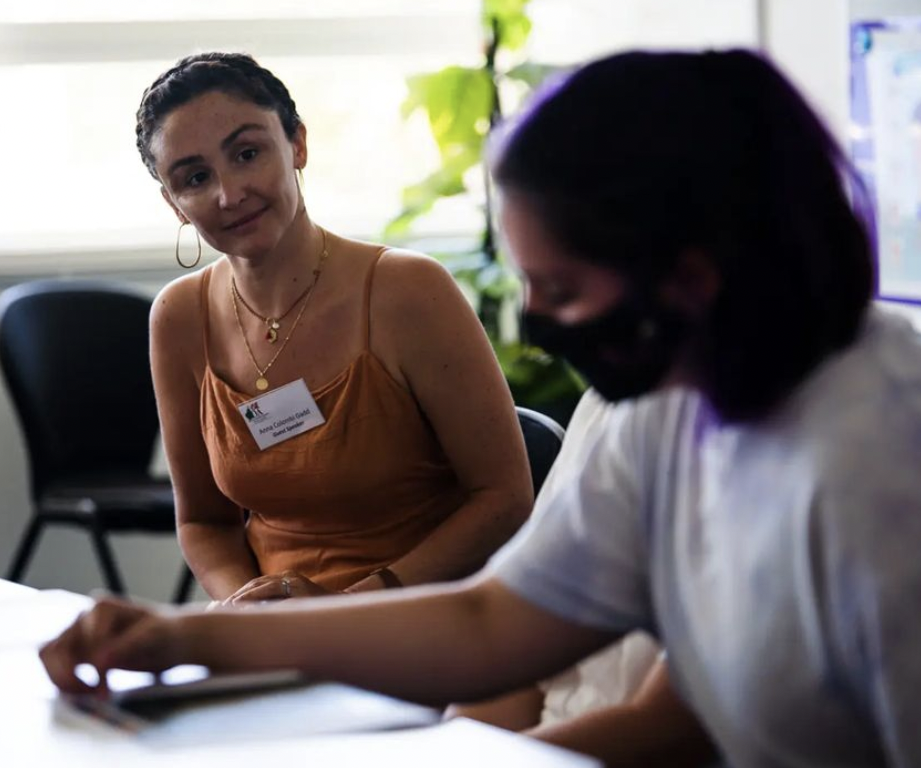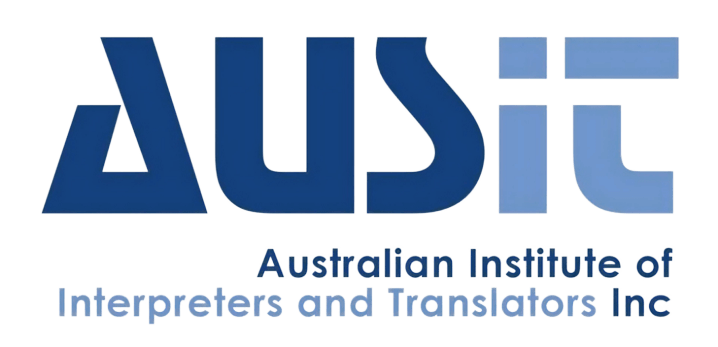The University of Western Australia’s Master of Translation Studies program is offered in 10 languages. We asked the program’s coordinator, Anna Gadd, a few questions about the translators who are employed to teach on the program.

Anna at work at UWA
1) What qualities turn a translator into a good teacher of translation?
Teaching is about being able to transfer knowledge to others, to ‘translate’ in the Latin sense of the word (transfero: take across, transfer), so being a good translator doesn’t automatically mean you are also a good teacher – some great translators lack the ability to pass their knowledge on to students. A great translation teacher is someone who can draw from their ample experience and give to their students everything they’ve learned, in terms of both knowledge and ‘tricks of the trade’, allowing their students to absorb all this and become potentially even better than themselves. The wisdom of a great translation teacher is often useful to students of all languages, not just their specific language specialisation(s). They have an ability to give to others which is different from translation per se, and this is a skill that not everyone has.
2) Do you look for translators who have worked in specific areas of translation, or who have broader experience?
We value a broad experience in our translators. I, for one, am someone who is constantly looking for different fields to apply my translation/interpreting skills in, so that I can in turn give more to my students – and naturally, I look for the same in my colleagues: years of experience in many different fields, both here and abroad, of course qualifications (they need to be certified by NAATI and/or hold similar degrees or certificates in their LOTE (language other than English).
3) How do you adapt the program to equip graduates for the fast-paced changes in working with technology such as AI and machine translation?
Offering courses that are up to date and relevant is a priority, and this is why I frequently attend conferences on translation and interpreting – to keep up to speed with the latest developments in the T&I industry. In order to transfer new knowledge to my students, I organise seminars with masters of my discipline. We offer a unit called ‘Technology for the Translator’. This is our most up-to-date unit on technology applied to translation, and it does include AI despite its very recent diffusion. Up until a few years ago, UWA was the only university offering a course of this type, and we hosted lecturers from other Australian universities to observe the unit and then offer it in their own universities.


